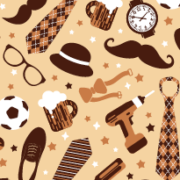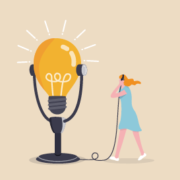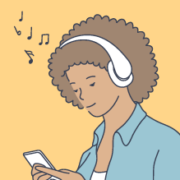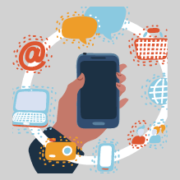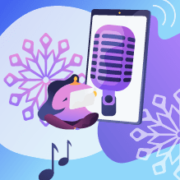Last-Minute Mother’s Day Shopping? ‘Hear, Hear’ for These Picks!
7 Gift Ideas Celebrating Mom’s Wonderful World of Sound
Uh-oh! Did your plans to find Mom the perfect gift get a little derailed? Not to worry. Last-minute finds can turn out to be the best of all. So check out these seven sound-savvy ideas to bring a smile to her face this Mother’s Day and beyond.
1. Concert Tickets
Superstars from Beyonce, Taylor Swift, Shania Twain, Beck, and Paramore to Billy Idol, Lizzo, the Zac Brown Band, Destroyer, and Big Thief are touring this year. Scoring tickets to your mom’s favorite band — or even a local showcase featuring talented community members — might be just the answer. Find out who’s performing with resources such as Entertainment Weekly’s concert and festival guide.
2. National Parks Pass
How does access to an estimated 2,000 U.S. federal recreation sites or over 80 Canadian national park sites sound? With an annual pass, a whole world of adventure awaits — including breathtaking canyons, fascinating wildlife, beautiful flora, historic waterways, timeless architecture, hiking, camping, and more. It’s a great way to create memories that last a lifetime.
3. Personalized Celeb Video
Can you imagine your mom’s delight receiving a personalized video message from her celebrity fave? The online platform Cameo boasts a robust roster of actors, athletes, comedians, and other entertainers who can provide a message tailored just for her. With the easy-search database, we even found Eric Braeden, famously known as “Victor” on the long-running daytime show The Young and the Restless!
4. Bluetooth Speaker
There’s nothing like enjoying the sounds you want to hear with the help of a portable speaker. Whether gardening, camping, crafting a new wood table in the garage, or hosting a backyard barbecue, streaming audio through a quality Bluetooth speaker puts wireless convenience — and joyful sound — right at your mom’s fingertips. To help you decide, CNN breaks down its top Bluetooth speaker picks for 2023.
5. Audiobook Subscription
If your mom savors a good mystery novel or other reads, how about letting her hear them? That’s right, let’s talk audiobooks. They can open a whole new world of content and be a feast for the ears, between radio shows, TV programs, and digital audiobooks. Platforms such as Audible and AudiobooksNow offer various subscriptions or membership tiers.
6. Better-Hearing Gift Certificate
What’s better than life-changing hearing technology? Life-changing hearing technology with all the wonderful accessories that can enhance it. Remote microphones, hearing aid dryers or dehumidifiers, TV clips, and cleaning kits are just some of the accoutrements that can help support your mom’s better-hearing journey. Our gift certificates make it a cinch for her to choose what she needs.
7. Hearing Aid Fashion
Hearing technology and fashion go well together, and talented artists are taking note with imaginative creations that inspire, empower, and wow. Award-winning company DeafMetal USA not only makes hearing aid and cochlear implant jewelry but also skins and stickers that let the wearer show off their personality. With a gift card that lets Mom pick out her favorite pieces, she’ll be good to go.
Want more gift ideas to celebrate Mom’s connection to a world of sound? Don’t wait. Contact our caring team today!


